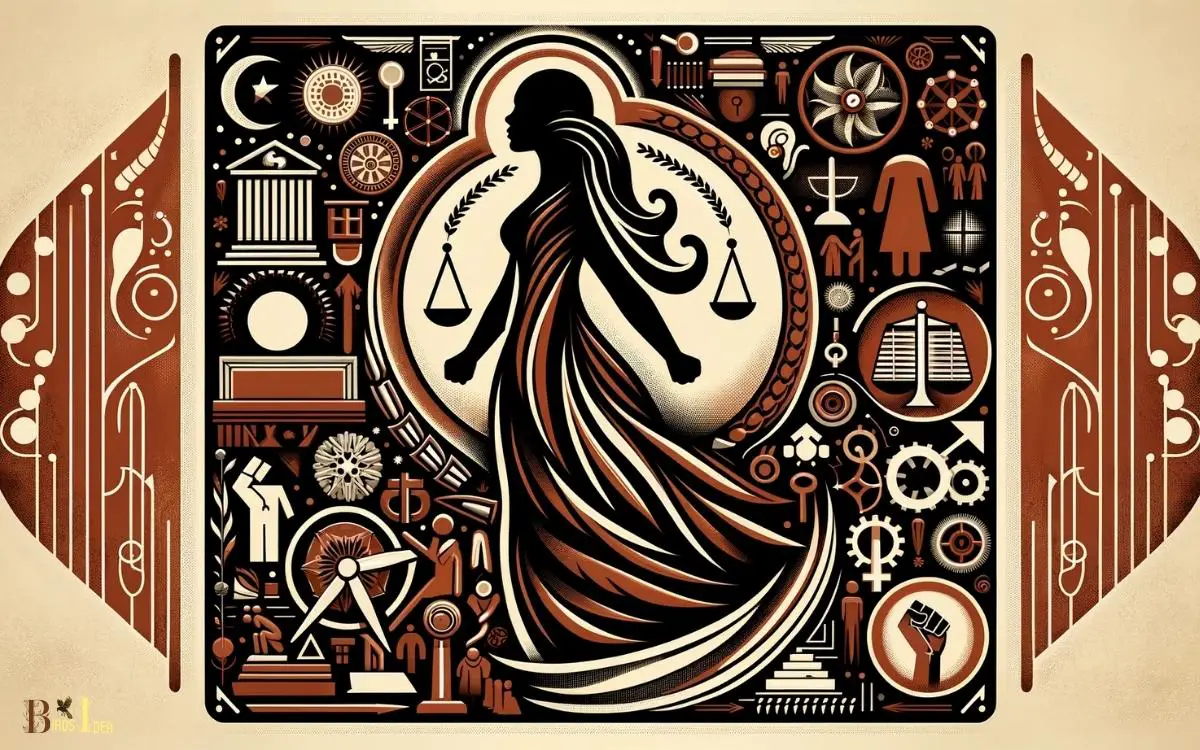What is Jane Crow: Systemic Discrimination Faced by Women!
Jane Crow refers to the systemic discrimination and oppression faced by women of color, combining both gender and racial biases.
This term highlights the unique challenges encountered at the intersection of racism and sexism, which often go unaddressed by broader movements for civil rights and gender equality.
Jane Crow is an extension of the concept of Jim Crow, which denoted the laws and practices enforcing racial segregation and discrimination against African Americans in the United States.
Jane Crow specifically addresses the double burden of discrimination faced by women of color:
Understanding and fighting Jane Crow is crucial for achieving true equality, as it sheds light on the nuanced forms of discrimination that intersecting identities can create in our society.
Our discussion will encompass the history, current implications, and the pursuit of justice for those impacted by Jane Crow.

Key Takeaway
Historical Roots of Jane Crow
The historical roots of Jane Crow can be traced back to the post-Civil War era in the United States, particularly in the context of Reconstruction and the emergence of Jim Crow laws.
While the Jim Crow laws enforced racial segregation and discrimination, they also perpetuated the oppression of African American women.
This intersectionality of race and gender led to the development of what is now known as Jane Crow.
African American women faced compounded discrimination, as they were marginalized not only based on their race but also on their gender.
This historical context is essential in understanding the origins of Jane Crow and its impact on the lives of African American women, setting the stage for a deeper exploration of the intersectionality of race and gender in the context of Jane Crow.
Intersectionality of Race and Gender
One must recognize the intertwined nature of race and gender when examining the concept of Jane Crow, especially in the historical context of post-Civil War America.
The intersectionality of race and gender played a crucial role in shaping the oppressive systems that marginalized African American women.
Post-Civil War America saw the emergence of discriminatory laws and practices that targeted both race and gender, creating a unique form of oppression for African American women.
They faced not only racial discrimination but also gender-based injustices, denying them equal rights and opportunities.
Understanding Jane Crow necessitates acknowledging the compounded impact of racism and sexism on African American women during this period.
Recognizing the interconnectedness of race and gender is essential in addressing the full scope of the injustices faced by African American women under the Jane Crow system.
Contemporary Impact on Women of Color
The compounded impact of racism and sexism on African American women during the post-Civil War era extends to contemporary times, influencing the ongoing challenges faced by women of color.
The contemporary impact on women of color includes:
- Economic disparities: Women of color often experience wage gaps and limited access to career advancement opportunities due to systemic biases.
- Healthcare inequities: They encounter barriers to quality healthcare, leading to higher rates of maternal mortality and untreated medical conditions.
- Criminal justice system: Women of color are disproportionately targeted, facing harsher sentencing and limited access to legal resources.
- Intersectional discrimination: They confront unique forms of discrimination that arise from the intersection of race, gender, and other identities.
These challenges perpetuate the legacy of Jane Crow, necessitating continued legal and social advocacy efforts to dismantle systemic oppression and promote equity for women of color.
Legal and Social Advocacy Efforts
Legal and social advocacy efforts aimed at addressing the contemporary impact of systemic biases on women of color are essential for dismantling the legacy of Jane Crow and promoting equity.
These efforts encompass a range of initiatives, including legal challenges, policy advocacy, community organizing, and educational campaigns.
By challenging discriminatory laws and practices, advocating for equitable policies, empowering communities, and raising awareness about the intersectional oppression faced by women of color, these advocacy efforts aim to create meaningful and lasting change.
To illustrate the impact of such efforts, the table below provides examples of key legal and social advocacy initiatives in the fight against Jane Crow.
| Advocacy Initiative | Description |
|---|---|
| Legal Challenges | Challenging discriminatory laws through litigation. |
| Policy Advocacy | Advocating for equitable policies at local, state, and national levels. |
| Community Organizing | Empowering communities to address systemic biases and injustices. |
| Educational Campaigns | Raising awareness about the intersectional oppression faced by women of color. |
These initiatives are crucial in the ongoing struggle for freedom and equality. In the subsequent section, we will explore specific strategies for dismantling Jane Crow.
Strategies for Dismantling Jane Crow
Strategies for dismantling Jane Crow require comprehensive and coordinated efforts across legal, social, and educational domains to address the systemic biases impacting women of color.
To effectively dismantle Jane Crow, the following strategies are essential:
- Legal Reform: Advocate for policy changes and legal reforms that specifically target the discriminatory practices and systems that perpetuate Jane Crow.
- Community Engagement: Foster community-based initiatives that provide support, resources, and empowerment for women of color, challenging the status quo.
- Education and Awareness: Implement educational programs to raise awareness about the intersectional discrimination faced by women of color, promoting understanding and solidarity.
- Intersectional Advocacy: Engage in intersectional advocacy that recognizes the unique experiences of women of color and addresses their diverse needs and challenges.
These strategies are crucial in the fight to dismantle Jane Crow and ensure freedom and equality for all women.
Conclusion
Jane Crow has historical roots in the intersectionality of race and gender, impacting women of color in contemporary society.
Legal and social advocacy efforts play a crucial role in addressing and dismantling Jane Crow.
By understanding the historical roots and contemporary impact of Jane Crow, society can work towards strategies for dismantling this systemic oppression and advocating for the rights and equality of women of color.






